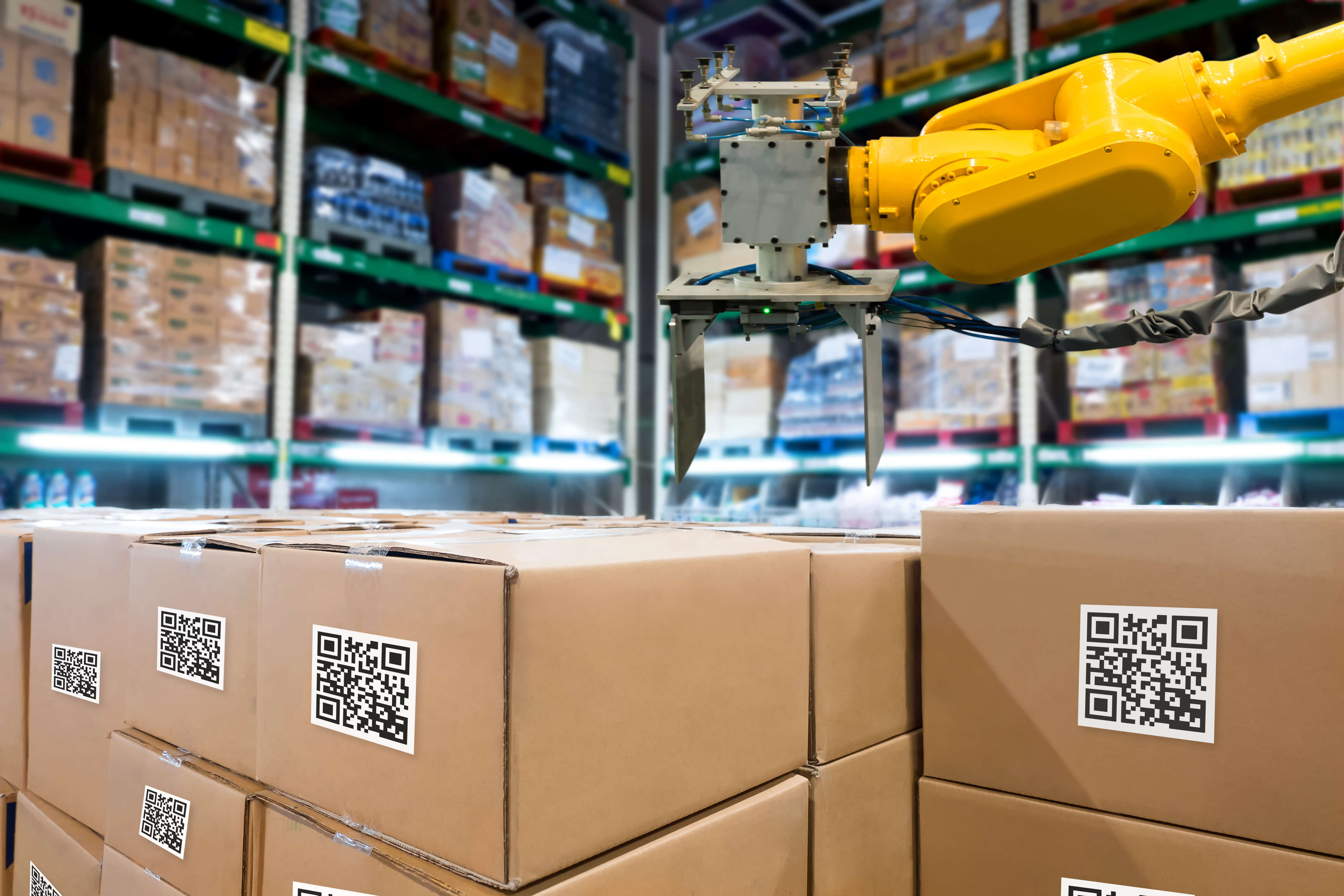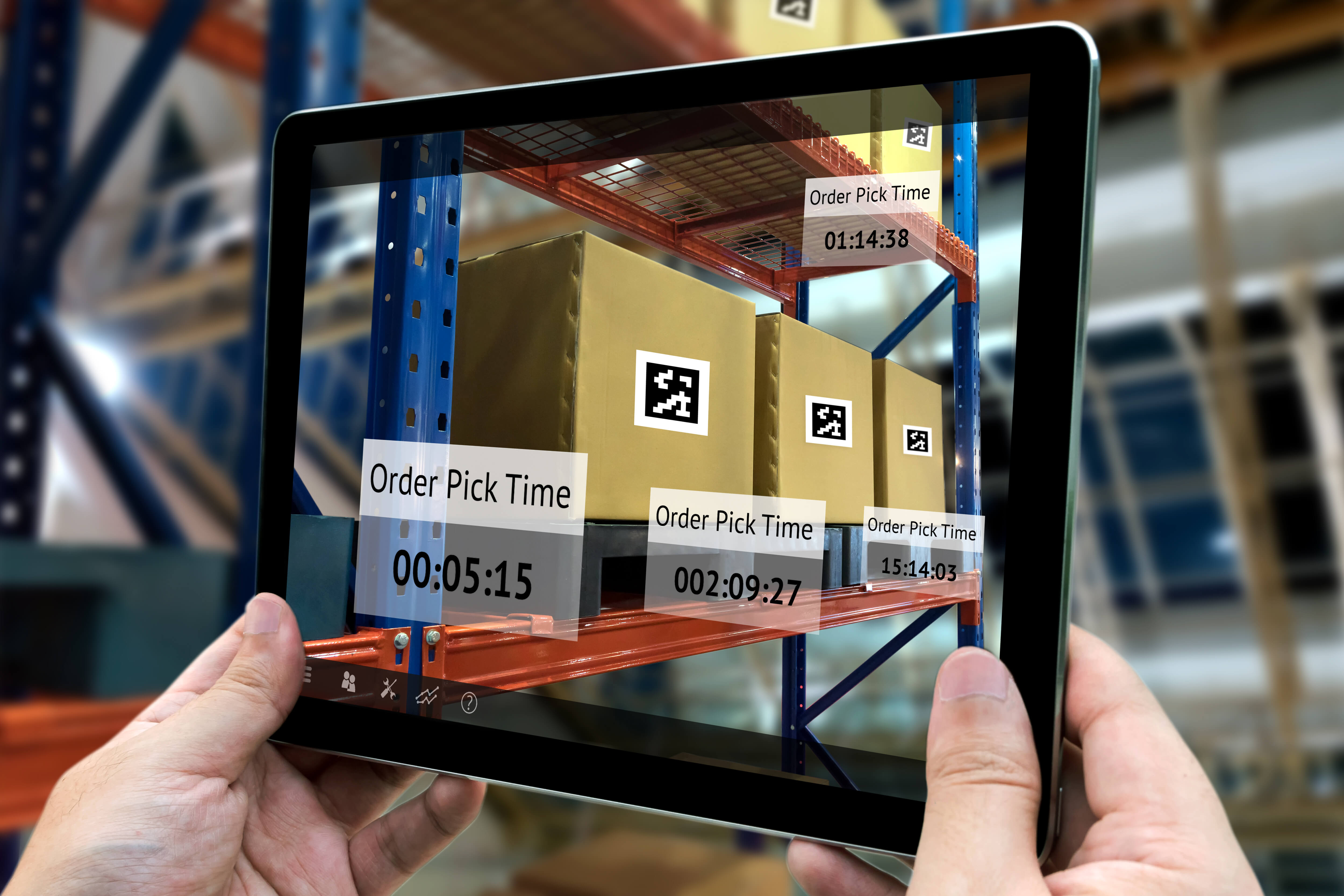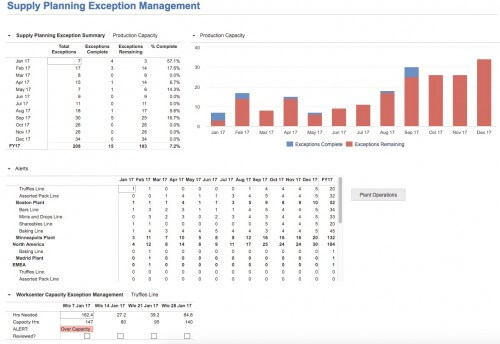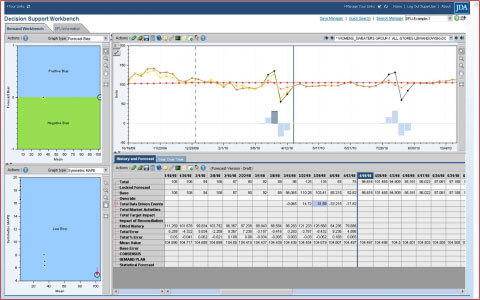
VEN the largest of enterprises is able to look back and pinpoint the area of commerce in which it started out. Nokia, the venerable mobile phone company began its life as a supplier of paper and Sony started out as a single store.
Developers of a product, manufacturers, and logistics companies all began small and, with luck and the right guidance & tools, grew larger. And in many cases, these businesses expanded sideways so that a manufacturer, say, started its own logistic provision. The product designers invested in their own manufacturing facility, and so forth.
The organic growth of the modern enterprise is reflected very much in the technological basis present in the company’s infrastructure, working methods, and business practices.
Organizations may be using a Transportation Management System which it inherited from its acquisition of a logistics function acquired years ago, a Warehouse Management System specific to that function, and even an overarching Enterprise Resource Planning system which runs multiple, but not every, aspect of the business.
In this fashion, the traditional supply chain is represented in the software and technology systems which need management by staff. The HCM tool is never used outside the HR department, the Manufacturing Execution System (MES) is silo-ed in the factory.
The challenge for the modern enterprise is, therefore, finding a way to bring together these disparate systems. The term “data silos” is often used to describe this partitioning of technology, but while keeping data separate is a cost creator, the costs of data management are even higher.

Manually moving data from one system to another is costly in man-hours. Planning takes hundreds of hours, as widespread and differently-formatted data is aggregated and pieced together. By the time the planning required for even one area of the complete supply chain is complete, times will have moved on, making plans & predictions potentially outdated.
With the digitization of information and the latest technological innovations, Industry 4.0 is maturing. New technologies like the Internet of things and omnichannel retail are forcing organizations to change, but the results are worthwhile: improved agility, efficiency, and lower costs.
Deloitte coined the term digital supply network in its seminal article, “The Rise of the Digital Supply Network“. In it, the authors state:
“DSNs overcome the delayed action-reaction process of the linear supply chain by employing real-time data to better inform decisions, provide greater transparency, and enable enhanced collaboration across the entire supply network.”
The traditional “plan then execute” model worked well historically but results from a survey by Supply Chain Insights revels some figures which make sobering reading. 57 percent of respondents to an industry survey thought that supply chain visibility had room for improvement, and 48 percent thought that an organization’s ability to access and use data across functions was lacking.
In the digital environment of today’s business, planning needs to be dynamic, and responses need to be similarly agile.

In the 2017 Supply Chain Top 50 article it is stated, “[…] leading companies view digitalization as an opportunity to not only provide agile support for existing products but to reduce time to market for new ones. Some of the most disruptive and impactful technologies include solutions combining Internet of Things (IoT) sensors, cloud computing, and advanced analytics.”
The gulfs between data silos can be obviated, organic growth can be assured right across the business’s function, new technologies like IoT embraced, and a demand for mobile working can each be accommodated by investment in a platform which helps make informed decisions and drives faster more effective planning processes.
While systems like this cannot be installed and be up and running overnight (even in the most technologically astute organization!), it is advisable to start small, concentrate on the easy wins, and allow an organic momentum to build.
Once staff right up to C-level executives start to see the benefits of integrated control and planning, an integrated management system can bring momentum, right across the supply chain.
From product concepting, ordering, manufacturing/production, and distribution through to sales, a unified supply chain management system allows enterprise both to plan dynamically, but also respond quickly.
Here are three suppliers of supply chain automation and management software which, at Tech Wire Asia, consider to be market-leading. As Industry 4.0 becomes the norm, the catalyst for change may well be detailed below.
ANAPLAN
The San Francisco-headquartered company runs 16 offices with over 150 expert partners globally. Anaplan’s cloud-based platform allows companies, large and small, to connect their planning and execution functions, plus provides impactful business intelligence drawn from a single source-of-truth.

Anaplan’s solutions (there is a menu of over 30 supply chain apps alone from which even the most demanding needs can be met) integrate in real time with the specialist systems prevalent in every step of the supply chain: CRMs, financial packages, HCM tools and from mighty ERP systems down to locally-shared Excel® sheets.
Suppliers, partners, and customers (as well as internal staff) have access to granular-level privileged access to any relevant data, ensuring all parties are proactively and collaboratively kept up to date.
The real-time integration ensures that there is no need for batch processing of data from disparate silos, and “what-if” scenarios can be played out simply and graphically.
As results and progress data flow in, Anaplan’s software can respond to rulesets (bespoke or from a series of templates) if variations from the norm become apparent. The immediacy of information granted to the Anaplan platform user is the best route to take away from partitioned, linear systems with which many organizations struggle.
To read more about Anaplan’s solutions, click the full profile here.
JDA
JDA offers a range of solutions across manufacturing and distribution, retail, and even service industries.
In manufacturing and distribution, the solution stretches as far as the shop floor, offering floor planning and planogram generation. Warehouse management, fed by logistics management, is united by enterprise resource planning (ERP) functions and what the company terms Intelligent FulfilmentTM, which tracks demand forecasting, fulfillment and warehouse labor management.

At a recent conference which it hosted, JDA Software explained the differences between a predictive and preventative supply chain, a facility which allows organizations supply chains to become digitized from end to end.
JD’s software will soon include machine learning and artificial intelligence which will bring specific gains and automation to supply chain management in the future.
One to watch, then, as the next stage of Industry 4.0 bases itself even more heavily in technology, with the emergence of deep learning technologies to better predict trends and manage data.
Headquartered in Arizona, USA, the company has global centers of excellence in Mexico, India (Bangalore and Hyderabad) plus offices in over 40 locations across the globe. With a global customer base numbering over 4000, JDA is a market-leading concern.
ORACLE
Oracle’s database background can be seen plainly in the way the company’s offerings handle data. The aggregation of information from disparate pools is an intrinsic part of the S&OP technology provision from the company – this single-source-of-truth is key to the solutions on offer.

Oracle’s offerings allow enterprises to capture and leverage information which allows, in real time, the organization to speedily build, launch and commercialize any product or service. The time-to-market for any new product can be made exceedingly low, and Oracle – despite its reputation as a provider for only the largest concerns – is keen to help small to medium size supply and manufacturing businesses.
By synchronizing operational and financial plans, and by providing a real-time feedback structure, not only can businesses react as markets change, but also the infrastructure can cope easily with new changes in technology, as they become available.
Oracle is positioning itself as a key instigator of change in the organization coming as a result of the Internet of things, which promises that the amount of data available for collection right up and down the supply chain will grow exponentially over the next few years.








